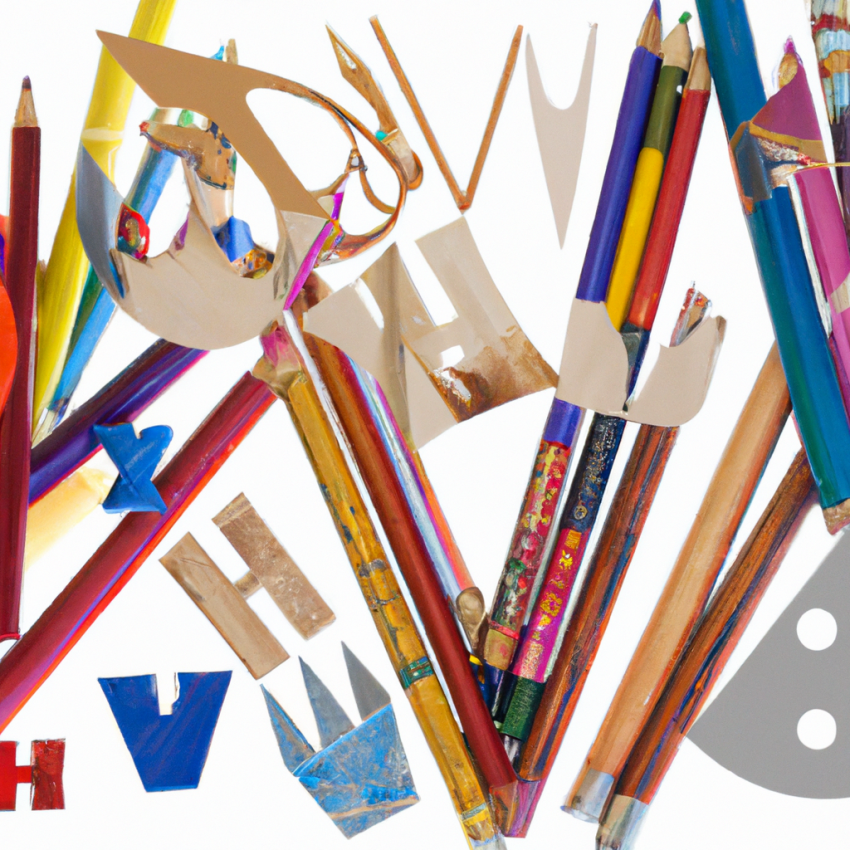**The Evolution of Method Acting: How Techniques Have Transformed Over the Decades**
Hey there, fellow acting enthusiasts! Today we’re diving into the fascinating world of method acting and how it’s changed over the years. You know, when I first started getting interested in acting, I was always curious about those intense performances where actors just seemed to *become* their characters. Like, how do they do that? Well, turns out a lot of it comes down to something called ‘method acting.’
So let’s rewind a bit and take a look at where all this began. Back in the early 20th century, there was this guy named Constantin Stanislavski from Russia who thought actors should really feel what their characters were feeling. He developed what’s known as the ‘Stanislavski System,’ which focused on emotional truth—basically making sure everything you did as an actor came from a real place.
Then fast forward a little to the 1940s and ’50s in America, where folks like Lee Strasberg took these ideas and ran with them. They created what’s now known as ‘Method Acting.’ Strasberg’s version leaned heavily on personal experiences—actors were encouraged to tap into their own emotions and memories to bring characters to life. It was groundbreaking stuff!
I’ll never forget hearing stories about Marlon Brando or James Dean living as their characters even off set or off stage—kind of wild when you think about it! There’s this famous story about Brando during filming for ‘A Streetcar Named Desire.’ Supposedly he would mumble his lines during rehearsals because he wanted his performance on camera to feel spontaneous—and boy did it work!
Over time though, people realized that maybe not every actor had to go full-on method (I mean we can’t all be Brando!). Directors started exploring different techniques that allowed actors more flexibility while still maintaining authenticity. For example, Stella Adler introduced ideas focused more on imagination than just raw emotion—a less intense approach but equally effective if done right.
I remember attending an acting workshop once where we tried out some of these newer techniques—it felt so freeing! We played around with improv exercises instead of delving deep into our past traumas (thank goodness). This blend helped us find genuine connections without having breakdowns every other day!
Another shift happened in recent decades with Meisner Technique gaining popularity among performers looking for fresh methods beyond traditional ones like Strasberg’s or Adler’s approaches which emphasized truthful reaction above all else… Just being present rather than forcing feelings made my performances much richer personally speaking.
Speaking of presence… One anecdote sticks out vividly: during college theater production I completely forgot my line mid-scene but decided instead simply react naturally based on partner’s cue; surprisingly audience didn’t notice anything wrong—they actually praised chemistry between us afterward which taught me invaluable lesson regarding spontaneity & trust within context live performance environment itself…
In conclusion friends (if you’re still reading), whether channeling inner Marlon via deep dive emotional exploration OR opting lighter imaginative route perhaps incorporating mix both depending role demands ultimately key lies discovering what resonates most authentically each individual artist themselves journey evolution personal craft continuously unfolding unique adventure worth embracing wholeheartedly every step way don’t ya think?
So next time somebody asks why certain actor seems disappear entirely behind role can tell ‘em truthfully: “Well my friend… That’s evolution method acting magic!”
